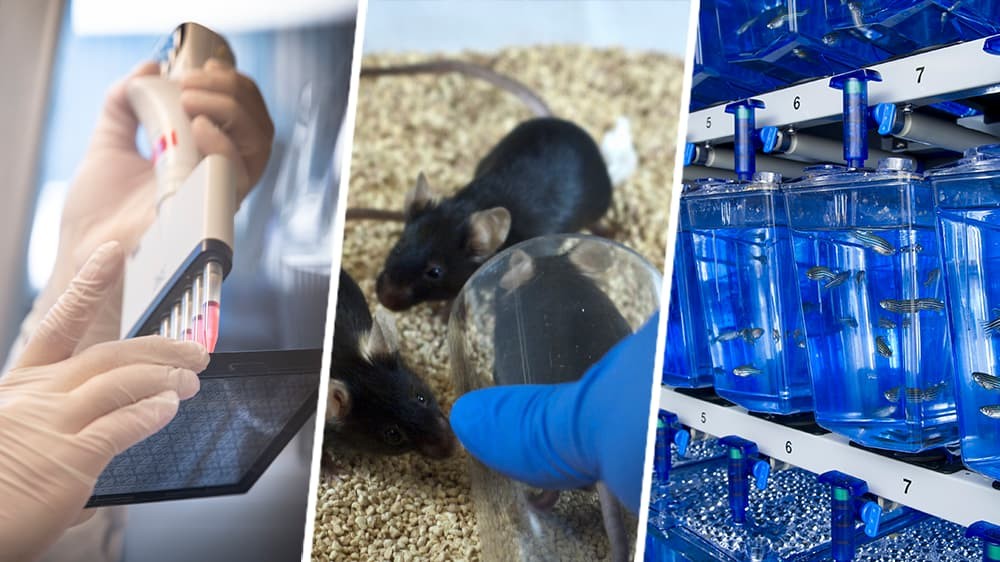Replacement and NAMs – it’s all in the NAMe
As interest in replacing the use of animals in research and testing has increased over recent years, in a large part driven by scientific and technological advances, the terminology used has similarly evolved. Today the term replacement seems to have been superseded by various others including non-animal technologies, non-animal methods, new approach methodologies and novel alternative methods – many of the terms rather (un)helpfully having the acronym NAMs. Different sectors and countries have adopted a preferred definition for NAMs and this has created some confusion and inconsistency. The NC3Rs has thought hard about the definitions we use recognising that the terminology should be aligned with common scientific parlance but also accessible to non-experts and members of the public.
The NAMs terminology
The two most common uses of NAMs are to refer to non-animal methods and new approach methodologies. Here we explain the differences between these two terms.
Non-animal methods
We use the term non-animal methods as a catch-all to describe full replacement approaches irrespective of the scientific discipline in which they are used. Supporting the development and use of non-animal methods is central to the NC3Rs mission. We deliver this primarily through our research and innovation funding schemes. We fund the development of non-animal methods; their validation to ensure that the models and tools are well-characterised and fit-for-purpose; and their application to a real-world research question to demonstrate utility and enhance capacity and confidence so that they are deployed widely in practice. Since the NC3Rs was launched in 2004 we have committed £90.1M for research and innovation in non-animal models focusing on replacing in vivo studies that involve large numbers of animals, high levels of animal suffering or are poorly predictive in terms of physiological relevance and translatability (and therefore waste animals).
New approach methodologies
We use the term new approach methodologies specifically to refer to full and partial replacement approaches for assessing chemical or drug toxicity. Over the last five years we have committed £10.4M for research and innovation in new approach methodologies. We also have a large programme led by NC3Rs staff aimed at accelerating the use of new approach methodologies for drug and chemical risk assessments that encompasses human health effects and environmental safety.
For our definitions of full and partial replacement, see our 3Rs page.
Scientific background and definitions (basic and updated) for each of the 3Rs.

Learn more about our NAMs resources and activities along with details of the NC3Rs NAMs Network.

